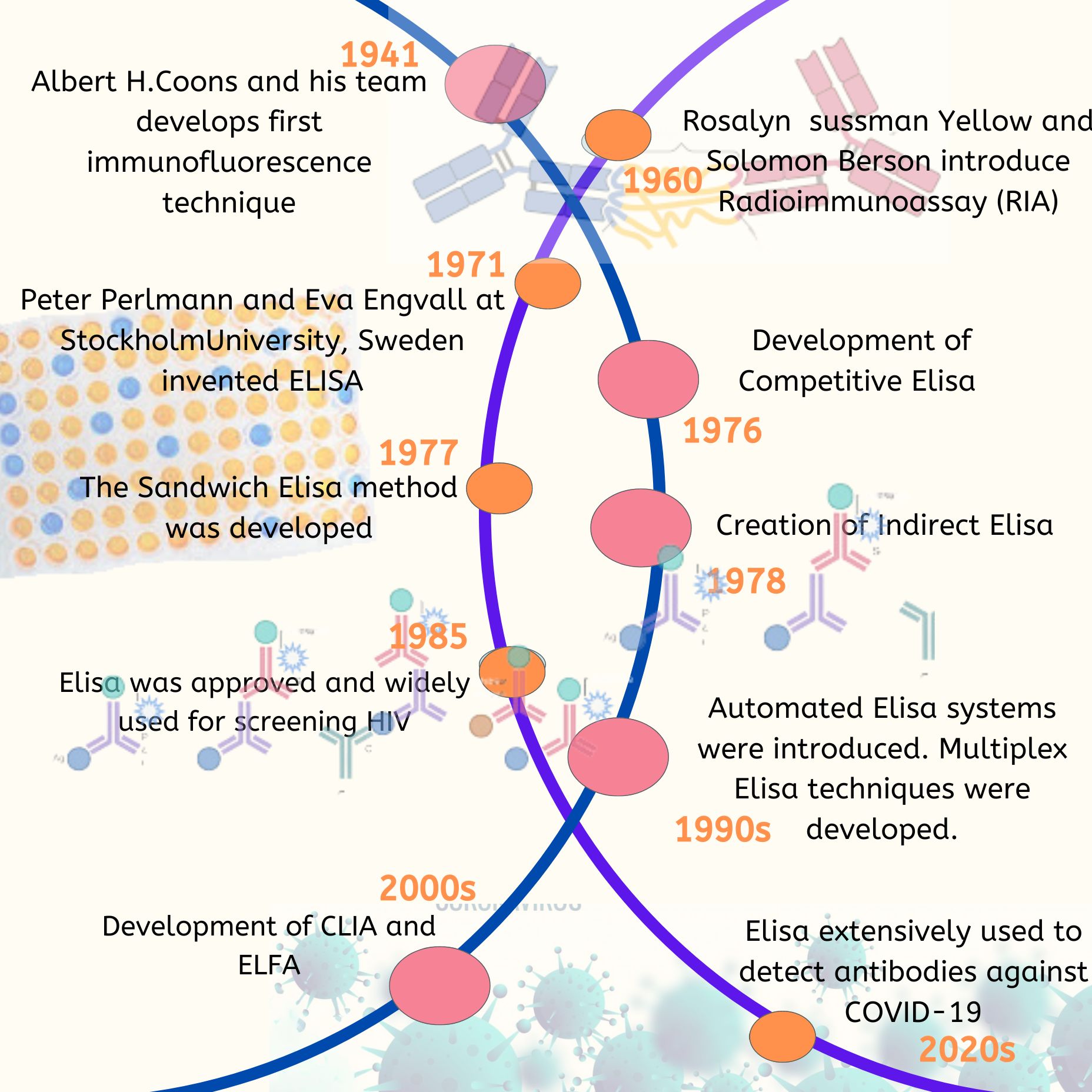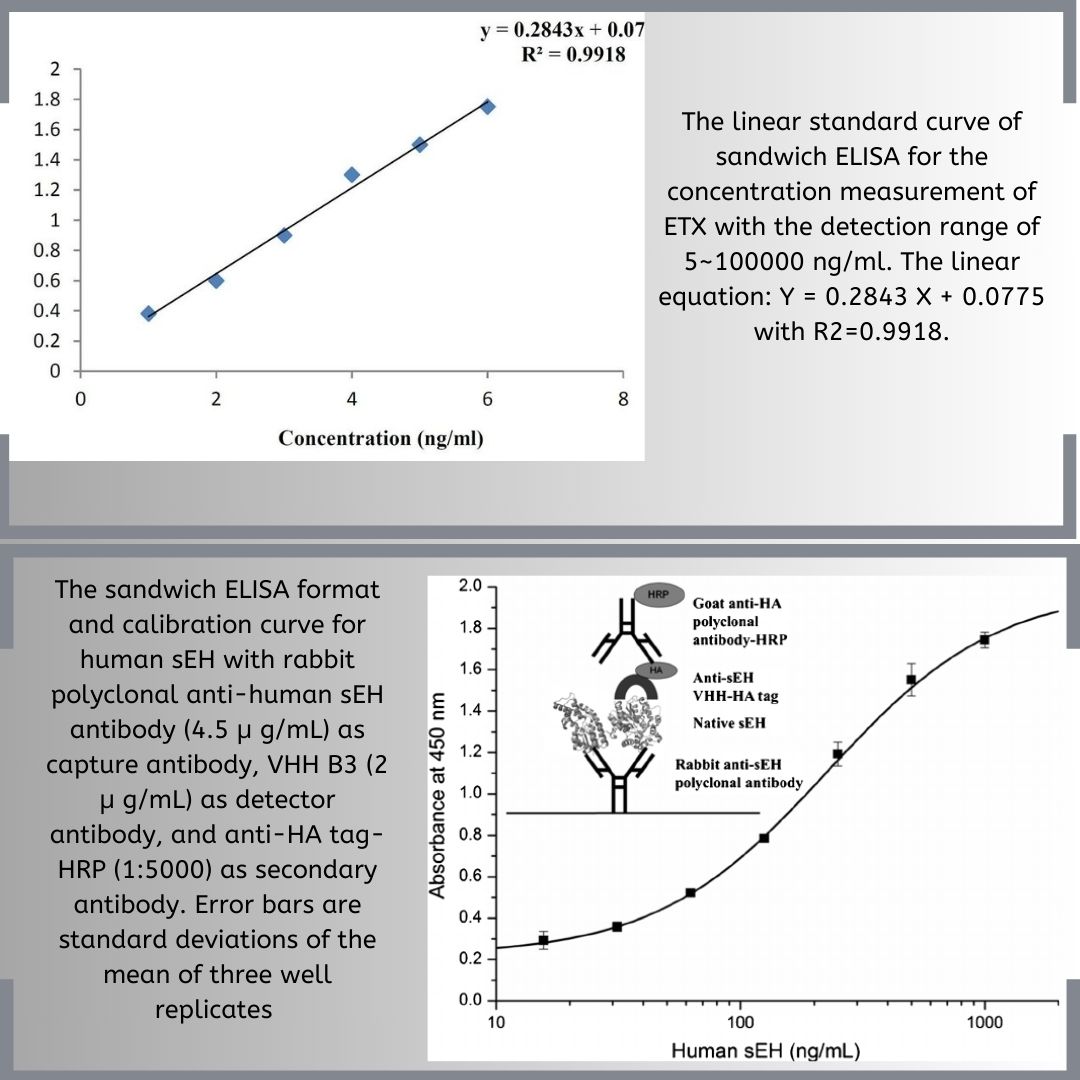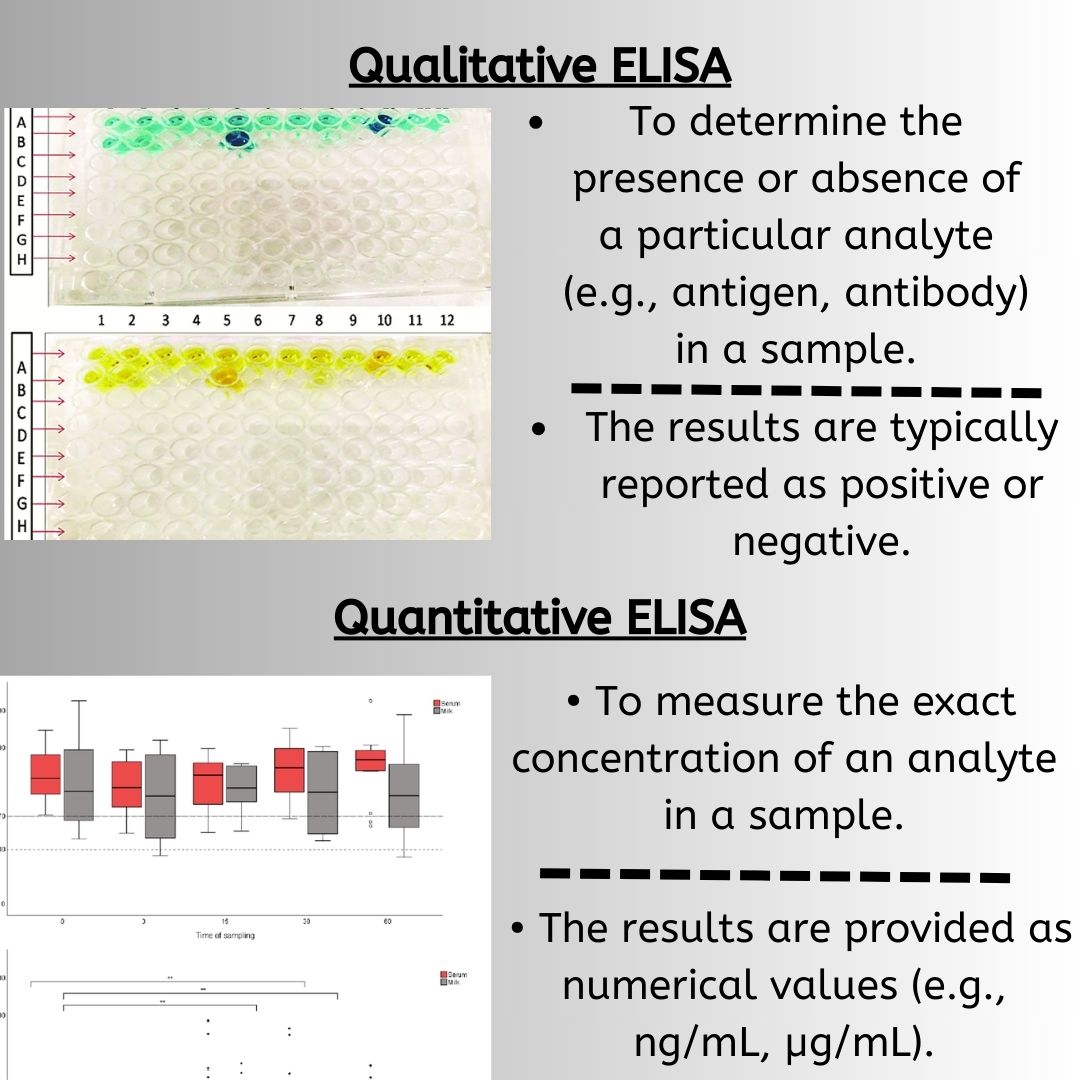This condition is defined by the presence of low sperm count in a male’s ejaculation. According to the WHO, the sperm count that a less than 15 million sperm/mL is considered to be low. This can cause problems with conceiving naturally. The low sperm count can also be an indication of a problem with the individual’s medical health or as the result of an underlying genetic condition. It is estimated that around 2% of the male population with the low sperm counts occur due to a hormonal imbalance.
Causes
There are a number of factors associated with the development of this condition. When a male reaches an orgasm, the sperm leaves through the vas deferens before mixing with other materials of semen and exits through the urethra. The low sperm count can occur when any one of the steps becomes affected. Some of the conditions that are associated with oligospermia include obesity resulting from syndromes such as myotonic dystrophy, gonadal dysgenesis, Noonan syndrome and prune belly. Other problems can include varicocele, diabetes, undescended testes, organ failure, hemochromatosis, Y chromosome deletions and testis cancer.
Types
There are three types of oligospermia; mild oligospermia, moderate oligospermia and severe oligospermia. During the diagnosis of the condition, the grade of oligospermia is determined. Mild oligospermia is the less severe form of the condition with the sperm concentration in the seminal fluid is between 14 and 15 million sperm per millimeter. Moderate oligospermia is considered when the sperm concentration is between 5 and 1 million sperm per millimeter. Individuals with moderate oligospermia may benefit from medical treatment to help increase the sperm quality. The severe oligospermia is considered to be a severe form when the sperm concentration in the seminal fluid is less than 1 million. However, men with the severe oligospermia have the option of conceiving with the assisted reproductive techniques and with fertility treatments.
Diagnosis
Oligospermia may not become evident until the person tries to conceive a child after several years. The condition in most cases otherwise does not become evident as the low sperm quantity in the seminal fluid is the only symptom. To determine the condition, a blood test and a seminograph will be required. The blood test identifies the levels of hormones such as testosterone, FH, and LH to help detect the cause of the problem. Seminogram is the test that confirms the sperm quality. In the laboratory, the morphological characteristics of the sperm will be determined such as the volume, aspect, color and liquefaction. In addition, they will also assess the concentration, vitality and the motility of the sperm.
Treatment
No forms of reliable treatments are available to increase the production of sperm by the testicle although the quality of male fertility can be improved. The therapeutic options include vitamin complexes such as vitamin E, C or B6. Hormonal doses are usually optional for those with the testosterone problems or imbalances in other hormones associated with the male fertility.
References
http://www.oligospermia.info/treatment/



